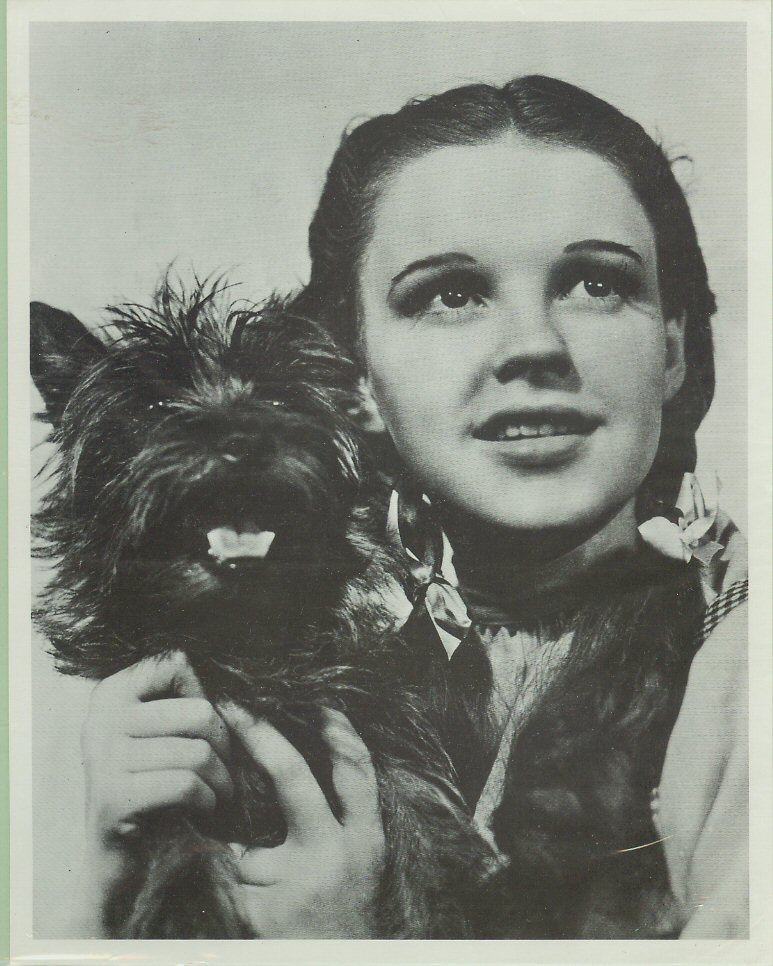B) Accuracy: Seconds vs Decimal Minutes
I developed my original version of the Sandia Grid before I'd ever heard
of GPS and had grown up with the mindset of Degrees/minutes/seconds.
When I later heard about using Degrees and decimal Minutes, it
seemed like a strange hybrid which I found aesthetically and
logically unappealing. If you want to use decimals, just go with
decimal Degrees, which provides a simpler and more accurate
measurement.
However, I've come to appreciate the merits of decimal Minutes,
if for no other reason than they work for a Sandia Grid. Using
Minutes, rather than decimal Degrees, provides a handy basis for the grid,
and dividing those Minutes by a thousand–or even a
hundred–provides a welcome accuracy increase. Accuracy
for a Second of Latitude is ▒31m. Oppose this with one thousandth of a
Minute which is ▒2m. Even using hundredths of a Minute increases accuracy
by 66% over using Seconds.
Although most GPS receivers indicate decimal Minutes to
thousandths (.oo1), designating SG point names to hundredths (.o1) allows
an accuracy of ▒18m latitude and ▒15m longitude (at 35░). This might not
be sufficient for treasure hunting, but it's close enough for trailheads,
junctions, and parking lots.
